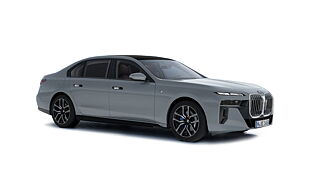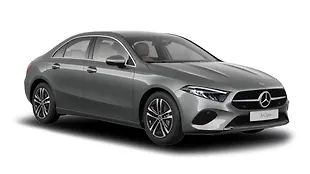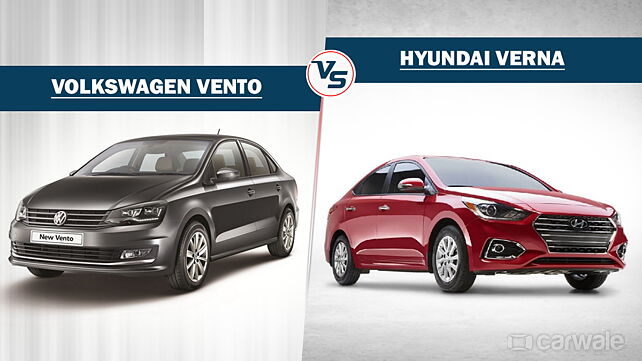
Hyundai’s most successful sedan, the Verna, is all set for a comeback on 22 August in an all-new avatar i.e. the third generation of the car in India. When the second generation Fluidic was launched way back in 2009, the Hyundai Verna came with a feature list longer than anyone in the competition then and so, it quickly scaled the sales charts. The all-new 2017 Verna would certainly want to repeat that feat. So we pitch it against the Volkswagen Vento to see how it fares, spec-by-spec.
Dimensions and space
The 2017 Hyundai Verna seems to be right on the money when it comes to the size. It is 50mm longer, 30mm wider and 8mm taller than the Volkswagen Vento which means the Verna is certainly bigger, at least from the outside. Verna’s 2600mm wheelbase is also longer than the Vento which translates into more cabin space inside the Korean C-segment sedan.
While we do not have the boot capacity number for Verna, it will certainly match the Vento’s benchmark 494-litres of boot space. The Verna gets 16-inch alloys for the top-spec car while the Volkswagen comes with 15-inch alloys. But it would be interesting is to know if Hyundai has got the ground clearance issues sorted that marred the previous generation car.
Features and equipment
The C-segment has evolved quite a bit since 2009 and all the features that the Verna had brought in back then have all become standard. So, both the new Verna and the Vento get ABS with EBD standard along with ESP for the automatic trims along with dual front airbags. The top-spec Verna gets additional side and curtain airbags which the Vento doesn’t. Both the cars get rear parking sensors with cameras for the top-spec while in the case of the Verna, it starts right from the second-to-the-base trim.
Both the cars get push-button start, height adjustable driving seats, electrically adjustable and folding rear-view mirrors, auto-dimming internal mirror, central locking with remote etc. You will get touch-screen displays, steering mounted audio controls, automatic climate control systems along with cruise control and leather upholstery amongst the comfort features. While the Vento gets rain-sensing wipers, the Verna gets automatic headlamps, an electric sunroof and ventilated seats. Ventilated seats will be a first in the C-segment.
Engine and Transmission
The 2017 Verna will be offered with engine options similar to the previous generation car – the 1.6-litre duo of petrol and diesel engines. The four cylinder petrol engine develops 122bhp of power and 154Nm of torque while the turbodiesel develops 126bhp of power and 265Nm of torque, both mated to six-speed manual and a six-speed automatic gearbox.
The Vento, on the other hand, gets two petrol and one diesel engine. The petrol manual comes with a 1.6-litre MPI that develops 104bhp of power and 153Nm of torque while the petrol automatic comes with a 1.2-litre turbo-petrol that develops identical power, but 175Nm of torque. The 1.5-litre diesel develops 109bhp of power and 250Nm of torque and comes mated to a five-speed manual gearbox and a seven-speed DSG gearbox.

![Hyundai Verna [2017-2020] Image Hyundai Verna [2017-2020] Image](https://imgd.aeplcdn.com/272x153/cw/ec/25465/Hyundai-Verna-Exterior-118764.jpg?wm=0&q=80)
![Volkswagen Vento [2015-2019] Image Volkswagen Vento [2015-2019] Image](https://imgd.aeplcdn.com/272x153/cw/ec/26563/Volkswagen-Vento-Exterior-168556.jpg?wm=0&q=80)

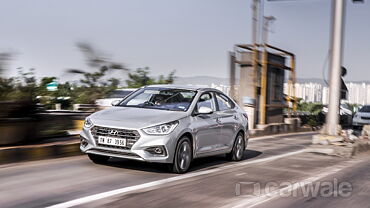
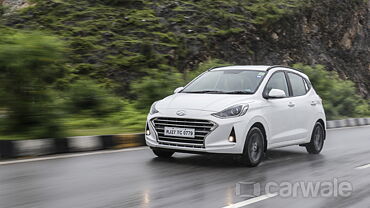






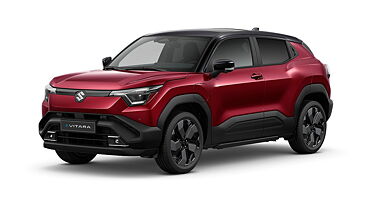


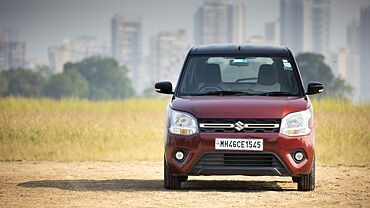
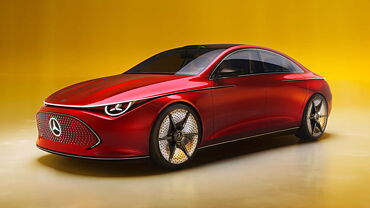
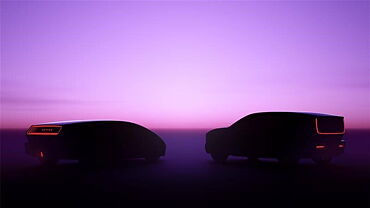
![Hyundai Verna [2017-2020] Exterior Hyundai Verna [2017-2020] Exterior](https://imgd.aeplcdn.com/199x112/cw/ec/25465/Hyundai-Verna-Exterior-118764.jpg?wm=0&q=80)
![Hyundai Verna [2017-2020] Right Front Three Quarter Hyundai Verna [2017-2020] Right Front Three Quarter](https://imgd.aeplcdn.com/199x112/cw/ec/25465/Hyundai-Verna-Right-Front-Three-Quarter-105274.jpg?v=201711021421&q=80)
![Hyundai Verna [2017-2020] Right Front Three Quarter Hyundai Verna [2017-2020] Right Front Three Quarter](https://imgd.aeplcdn.com/199x112/cw/ec/25465/Hyundai-Verna-Right-Front-Three-Quarter-110526.jpg?v=201711021421&q=80)
![Hyundai Verna [2017-2020] Interior Hyundai Verna [2017-2020] Interior](https://imgd.aeplcdn.com/199x112/cw/ec/25465/Hyundai-Verna-Interior-105278.jpg?v=201711021421&q=80)
![Hyundai Verna [2017-2020] Interior Hyundai Verna [2017-2020] Interior](https://imgd.aeplcdn.com/468x263/cw/ec/25465/Hyundai-Verna-Interior-105279.jpg?v=201711021421&q=80)








